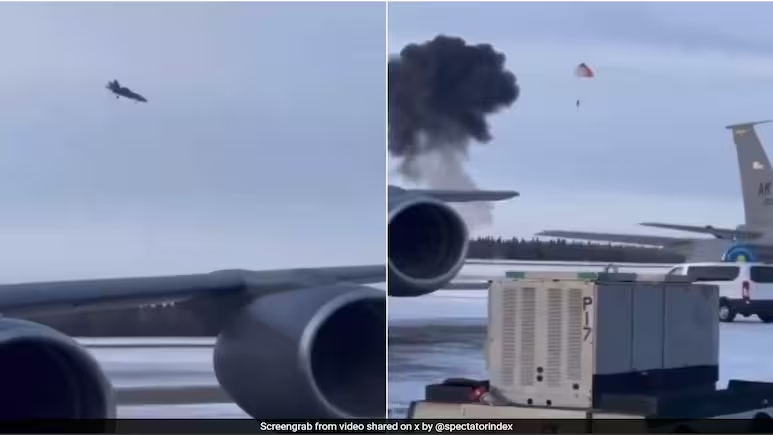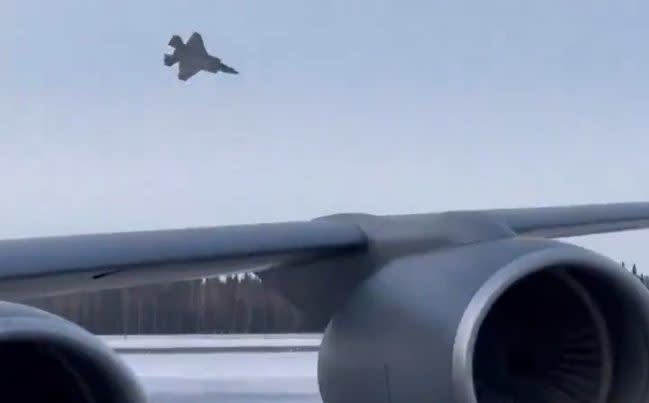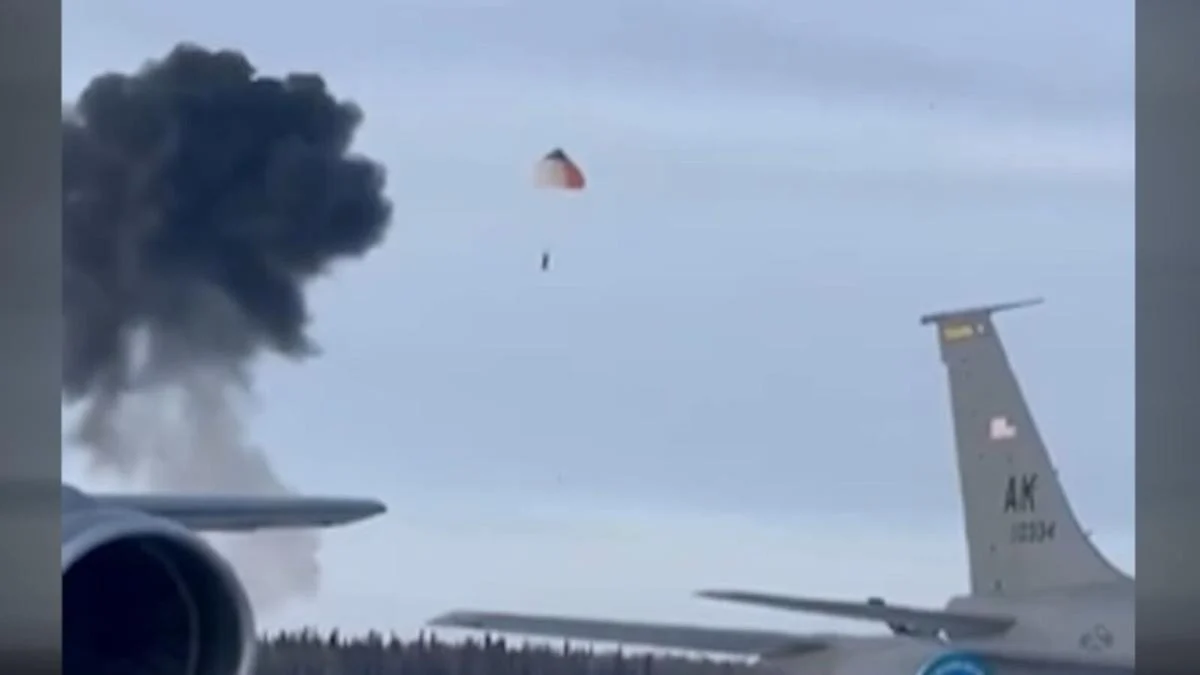Lockheed Martin F-35 Crashes at Alaska’s Eielson Air Force Base

Alaska, USA An F-35A Lightning II fighter jet operated by the U.S. Air Force crashed during a routine training exercise at Eielson Air Force Base in Alaska on January 29, 2025. The incident involved the state-of-the-art stealth fighter, built by aerospace giant Lockheed Martin, which has been a crucial part of the U.S. Air Force fleet.
Fortunately, the pilot managed to eject safely from the aircraft and was promptly transported to a nearby medical facility for evaluation. According to officials, the pilot is in stable condition and has sustained no life-threatening injuries.
The Air Force has confirmed that there were no casualties on the ground and no damage to infrastructure within the base. Emergency response teams were quickly dispatched to the crash site, ensuring the situation was contained.
The cause of the crash remains under investigation. A board of military and aviation experts has been convened to determine what led to the incident. Authorities have stated that they are exploring possible technical malfunctions or environmental factors.
Eielson Air Force Base is a strategic military installation that regularly hosts fighter jets for both training and operational missions in the Arctic region.
The incident has reignited concerns over the operational safety of the F-35 program, one of the most advanced and expensive military aircraft initiatives in history. With a per-unit cost of approximately $80 million, the F-35 has faced scrutiny for past technical issues, including problems with its software systems and maintenance challenges.
Lockheed Martin, the manufacturer of the F-35, issued a statement expressing its commitment to assisting the investigation and supporting the U.S. Air Force in addressing the incident.
The F-35 program has faced occasional setbacks, including crashes in the U.S. and abroad. Despite these challenges, the fighter remains a vital asset for the U.S. military and its allies, known for its advanced stealth capabilities, versatility, and combat effectiveness.
Military analysts have emphasized that the crash is unlikely to affect the overall readiness of the U.S. Air Force in the region. However, safety protocols and operational checks for the F-35 fleet may be intensified in response to the incident.
Further updates are expected as investigators work to uncover the cause of the crash and assess any implications for the future of F-35 operations.

